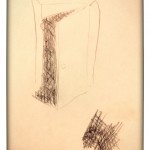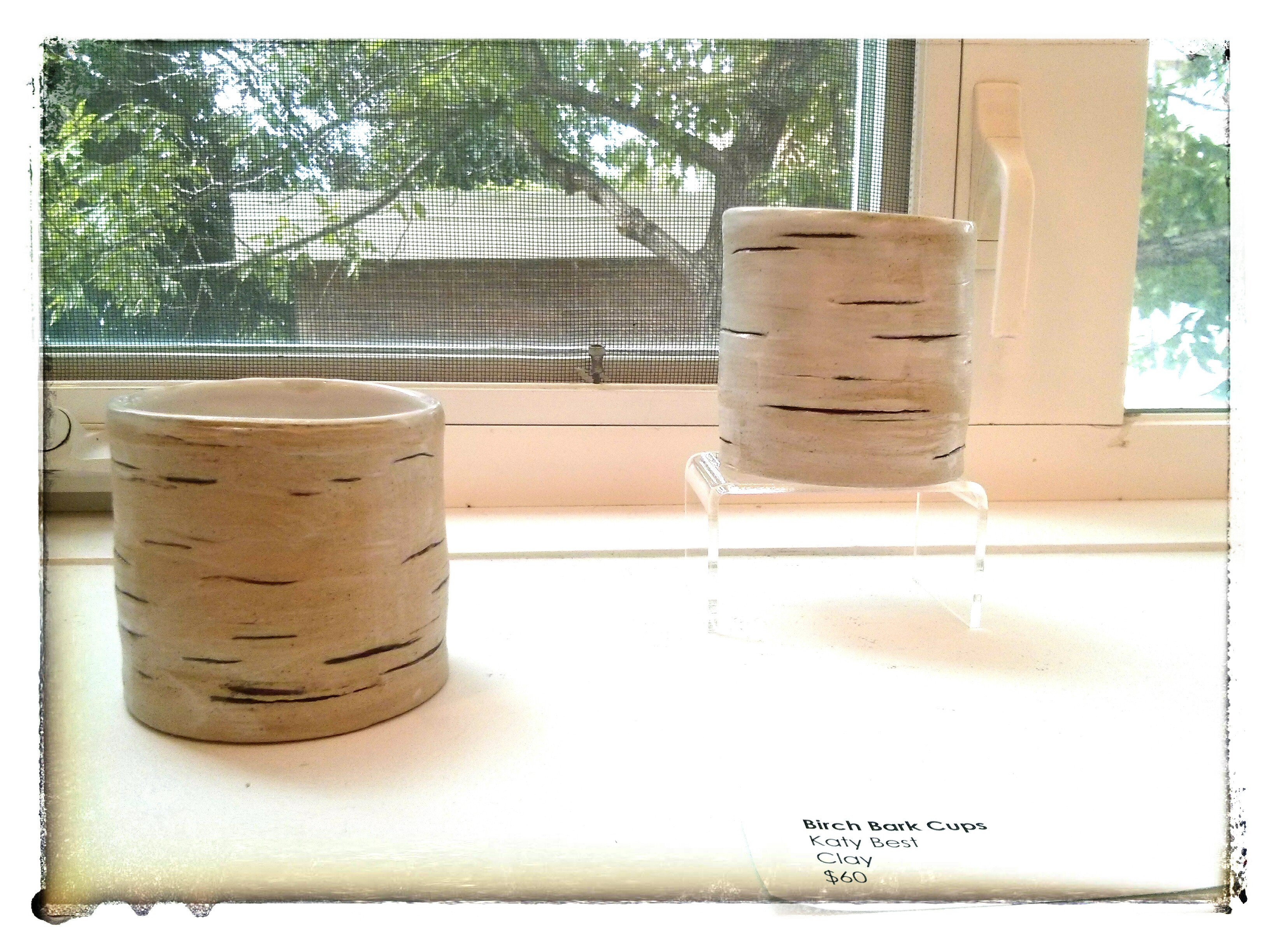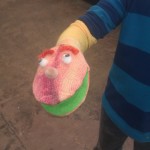Proof It: A hands on yeast experiment for all ages.
Oh yeah? Proof it!
Field(s) of Science: Life Science, Mycology, Methods
Timing: 10-20 minutes (The longer you watch the bottle, the better the result.)
Concepts: Needs of living things, byproducts of living things, human uses of fungi
Materials:
One small clear bottle with a narrow opening (Plastic or glass)
2 funnels
One balloon
2 spoonfuls of yeast
2 spoonfulsof white sugar
Warm water to fill the bottle to the marked line (about ½ a cup)
Procedure:
1. Stretch out the balloon by pulling it gently from the sides. Be careful not to damage the balloon.
2. Fill the bottle with warm water to the level indicated. The water should be like a pleasantly warm, but not hot.
3. Use the funnel provided to add the sugar (2 spoonfuls) to the bottle. Put your thumb over the top of the bottle and shake it till the sugar is dissolved.
- Add 1 packet (or 2 ¼ tsp) of active dry yeast using the dry funnel. Put your thumb over the top of the bottle and shake it once or twice till all of the yeast is wetted.
6. Stretch the neck of the balloon gently over the mouth of the bottle.
- Wait. Look for signs of change both in the yeast mixture and in the balloon. This step may take a little while. Find a book to read or another activity (start cleaning up!) while the yeast has time to react. Check back every 3-5 minutes to observe any changes.
Explanation:
The yeast feeds off of the sugar, and produces carbon dioxide gas and a small amount of alcohol as a byproduct, in a process called fermentation. The gas produced takes up more space in the bottle than the sugar and the yeast did before the digestion, and so the balloon expands to make room for the new gas.
The gas produced in this reaction is why this yeast is a desirable method for making bread. Think about bread, and how it is light and full of tiny pockets. Those pockets are created by the carbon dioxide released by the yeast when the bread is left to rise before baking. In this case, the yeast feeds off of the sugars in the flour.
Yeasts are a type of fungus, and so when they feed off of sugar they do not consume their food the way animals do, and they do not produce their own food the way plants do. Fungi secrete (ooze) an enzyme (digestion chemical) to help them digest food outside of themselves. Once materials have been broken into simpler forms, the fungi absorb the food. They grow in their food. Fungi’s ability to break down or digest tough materials such as wood that makes them so important to ecosystems as decomposers.
A quick history of fermentation science:
Leavened bread appears to have started in Egypt. Baking chambers and grinding stones have been found by archeologists, as well as drawings of bakeries and breweries. Despite the fact that people had been using yeast for many thousands of years, it was not until Louis Pasteur in the 1800’s that the science was understood. Pasteur showed that fermentation, such as in the experiment you just did, was due to microorganisms. While this was a great breakthrough for food science, Pasteur’s discoveries also had an important effect on both science and the daily lives of people. It was because of his discoveries that we now understand that it is germs that make us sick, that pasteurising foods like milk can help keep them safe to eat and drink, and how to prevent infections in surgery.









![IMG_20140121_151512[1]](https://blogs.ubc.ca/katybest/files/2014/02/img_20140121_1515121.jpg?w=300)









